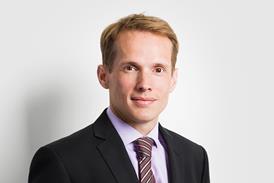Whose Council is it anyway?
A few weeks ago, Law Society President Robert Sayer circulated a letter to members of the Law Society Council, to law society secretaries and others, describing how he was going to reform the Council by reducing its size, bringing in more specialist and group seats, and ensuring that solicitors representing a much reduced number of constituencies were to be chosen from the 'great and the good'.Within the last week or so, a further letter has been dispatched to all local law society secretaries on the same theme, but it would appear that the parameters have changed.
This time, Mr Sayer seeks to abolish the Council in its present form and this time to ensure that it is reconstituted with 'normal solicitors'.
The implication that present Council members are abnormal is both derisory and insulting.
The present Council comprises a broad church of members, from household names to those less well known outside the constituencies which they serve.
The common thread linking Council members is that they tend to work collectively within the interests of the profession, giving their time and experience often in complex and lengthy deliberations.
While the end result may appeal more to some than others, the principle of democracy and collective responsibility is paramount.Through the ballot box, the profession must ensure that its elected leaders have the confidence of both the Council and the profession as a whole.
The process of reform is well under way, and many would agree that reform is well overdue.
Any reform will require the collective endorsement of the profession in order to proceed with confidence and goodwill.
John Lymbury, Council Member, Nottinghamshire



























No comments yet